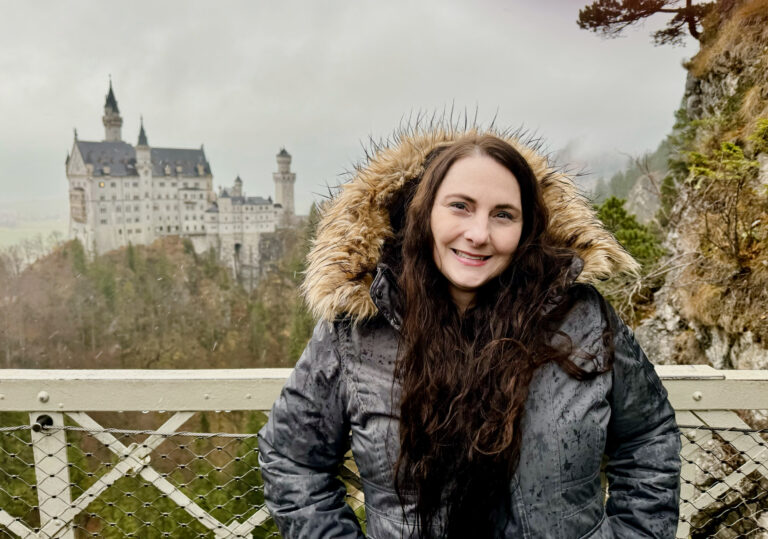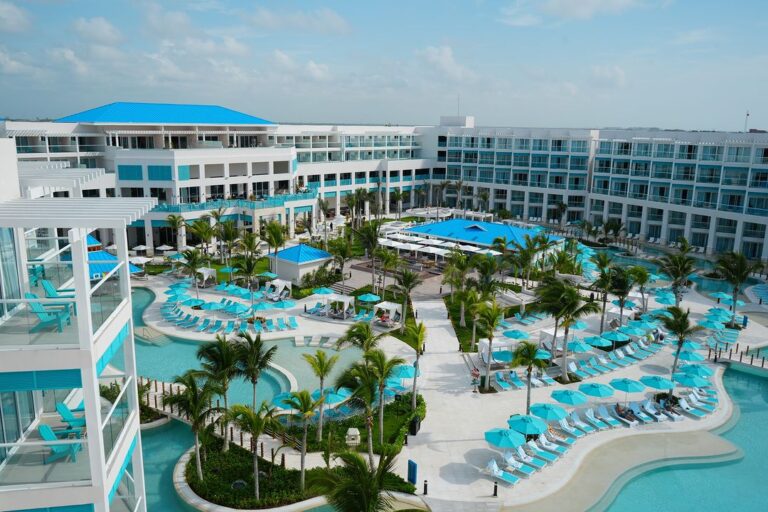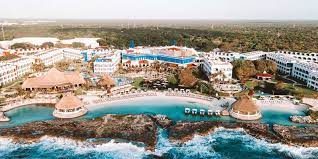Mere decades ago, the Riviera Maya was a sparsely populated stretch of Mexico's Caribbean coastline dotted with fishing villages and little-visited Mayan ruins. These days it's Mexico's fastest-growing tourist destination.
Stretching from Puerto Morelos, 22 mi/36 km south of Cancun, through the Sian Ka'an Biosphere Reserve to Punta Allen, almost 100 mi/150 km to the south, the Riviera Maya is one of the most beautiful stretches of coastline in the western Caribbean. It's famous for white-sand beaches and crystal clear water. The area also offers ancient Mayan ruins and pristine ecological wonders to explore, as well as nature parks and resorts with all the amenities.
Playa del Carmen is the main town and soul of the Riviera Maya. It used to be where drop-outs from society would go to live the life of happy beach bums. There are still a few around, but the population explosion has brought in paved roads and many small inns, large-scale all-inclusive resorts and dozens of restaurants, while retaining touches of the charming ambience that made it popular in the first place—including a pedestrian-only main thoroughfare.
Those looking to immerse themselves in Mexican culture and history may be disappointed in the Riviera Maya. The region was never a major population center, and mass tourism has stripped much of the Mexican flavor that it may have once had. As a counter measure, many resorts have added ancient Mayan rituals—such as the temazcal sweat-lodge-like steam baths, massage, beauty and healing techniques and even wedding ceremonies blessed by authentic village shaman—to their amenities.
Despite its increasing commercialism, the area has a vitality and multicultural ambience that many find irresistible.
Geography
Extensive white-sand beaches, limestone caverns, underground rivers and freshwater pools known as cenotes form the Riviera Maya's main geographical features. Parts of its coastline are covered in mangrove swamps, and other areas lie under low, scrubby forest. Offshore, a barrier reef that stretches all the way to southern Belize attracts scuba divers.
From north to south, notable towns along the Riviera Maya include Puerto Morelos, Playa del Carmen, Puerto Aventuras, Akumal, Tulum, the Mayan ruins at Muyil, Felipe Carrillo Puerto and Sian Ka'an Biosphere Reserve.
History
The area now called the Riviera Maya formed part of an extensive Mayan trade route during the postclassic period, which lasted from about AD 1000 to 1550. The coastal Mayan cities of Tulum, Xcaret, Xaman-Ha (now Playa del Carmen) and Xel-Ha were important commercial and religious centers visited by seagoing Maya traders.
Coba, located inland from Tulum, was the biggest and most powerful Mayan city in the northeastern Yucatan Peninsula. Europeans first set foot in the region in 1511, when a group of Spanish sailors was shipwrecked on the nearby Caribbean island of Cozumel. Most of them were killed by the area's inhabitants, but two men survived and were taken to live with the tribe.
One of the pair, Gonzalo Guerrero, married a Mayan woman and raised a family. (The other was "rescued" by the Spanish.) Guerrero was later killed while helping the Maya fight their Spanish conquerors. The Spanish eventually succeeded in subjugating the Maya, forcefully converting them to Christianity and turning the Maya into virtual slaves.
The Maya rebelled against their brutal oppressors in the War of the Castes, which lasted more than 50 years (1847-1901). In 1850, a miraculous talking cross—later revealed as the work of a ventriloquist—in Chan Santa Cruz (now the Riviera Maya town of Felipe Carrillo Puerto) instructed the Maya to revolt in the name of their gods. The Mayan rebels managed to overcome the Spanish and drive them from Chan Santa Cruz.
For most of the 20th century, the Riviera Maya remained an isolated Mexican territory, with few inhabitants and poor roads. It was not until 1974, when Quintana Roo became a state and the Mexican government began to build the nearby resort of Cancun, that the Riviera Maya started to develop into a tourist destination in its own right.
The 1990s saw most of the Riviera Maya's roads paved, and a rapid rise in population and in the number of resorts. People from other parts of Mexico continue to migrate to the Riviera Maya, viewing it as a land of opportunity. After hurricanes and overdevelopment ravaged some sections of the coast, more enlightened building practices are leading to hotels better suited to the volatile autumn climate.












































